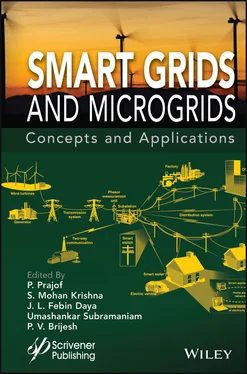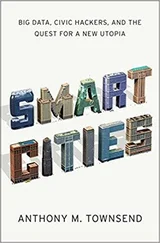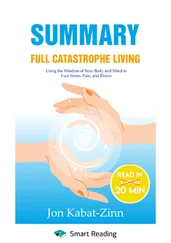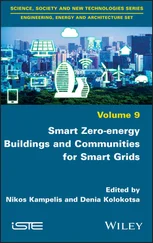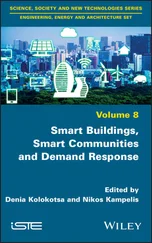Where,

Also, the current at MPP can be deduced by rearranging (1.7)as a function of irradiance and temperature as,
(1.29) 
Where,

Equation (1.28)and (1.29)are transcendental equation and the solution can be obtained through numerical techniques.
1.3 Numerical Techniques for Parameter Estimation
This section presents the numerical methods of Gauss-Seidel and Newton-Raphson to estimate the five parameters (A, R se, R sh, I satand I LG) by solving the non-linear transcendental equations written for SDM of PV panel under STC and dynamic environmental conditions.
1.3.1 Gauss-Seidel Technique
The GS is an iterative technique for solving the non-linear transcendental equations. The generalized form of equation to be solved using GS can be represented as [15, 20]:
(1.30) 
Where ‘ x’ is the variable to be determined and ‘ k’ denotes the number of iterations, x k+1is the new value obtained and x krepresents the old value . The algorithm converges if the absolute error of new and old values is less than the tolerance of 10 -6. In this work, the GS method is employed to determine the unknown parameters by solving the equations of (1.10), (1.11), and (1.13)to get the values of V t, R se, and R shwith the input values of V mpp, I mpp, V oc, I sc, and N s, and initialization of V t, R se, and R sh. Then, the obtained values of V t, R se, and R share used to compute the unknown parameters of I LGand I sat. The detailed procedure on determination of five parameters of PV module is described in [15]. However, under dynamic environmental condition the GS method is failed to obtain the converged solution as the initial values cannot be chosen appropriately. Hence, a variant of GS method called Successive Under Relaxation was used to solve (1.28)and (1.29)to obtain the voltage and current at MPP under varying environmental condition as given in [15]. However, the appropriate choice of selection of relaxation factor should be made for faster convergence of solution else may result in slow convergence as SUR exhibits linear convergence characteristics [21].
1.3.2 Newton-Raphson (NR) Method
Newton-Raphson method is one of the widely used iterative computational techniques for deducing the solution of non-linear transcendental equations. This is due to its simplicity, robustness, fast convergence among various numerical techniques [8]. The generalized equation representing the solution of non-linear equations using NR method can be expressed as:
(1.31) 
Employing this method with the initial guess values obtained using equations given in section 1.2.1 and substitution of parameters like V oc, I sc, V mpp, I mppand N sfrom data sheet in the transcendental equations from (1.10), (1.11)and (1.13). Equation (1.31)can be written as,
(1.32) 
The deduced values of V t, R seand R share used to calculate I LGand I satusing (1.4)and (1.5). Similarly, the calculations are performed for estimating the parameters under dynamic environmental conditions of varying irradiance and temperature to estimate the maximum power from the panel. To achieve this, initially the open circuit voltage V oc(G)of PV panel under varying irradiance condition need to be estimated using (1.22)by NR technique. Then, the obtained values are used to estimate the five unknown parameters of SDM under dynamic conditions using equations (1.23)to (1.27), respectively. The simplified steps in solving the transcendental equation using NR technique with error tolerance of 10 -6is given in the form of flowchart as shown in Figures 1.2and 1.3for STC and dynamic environmental conditions, respectively. Unlike Gauss-Seidel technique, there is no need for any additional techniques such as SUR technique to solve the equations (1.28)& (1.29)which adds more value to the NR approach.
1.4 Results and Discussion
This section presents the simulation and experimental results of estimated parameters of SPV panel. The effectiveness of numerical methods is tested on various panels like KD245GX, U5-80 and Shell SP70 under STC and varying environmental conditions. The manufacturer’s data of short circuit current (I sc), open circuit voltage (V oc), number of series cell (N s), maximum output current (I mpp) and output voltage (V mpp) at STCs are given in Table 1.1. The numerical solution obtained for the aforementioned PV panels using GS and NR techniques in MATLAB. The comparative analysis of results found exhibit that the performance of NR technique was superior to the GS method under dynamic environmental conditions. Hence, the effectiveness of NR technique was compared with the experimental data recorded for HST60FXXXP PV panel through its P-V and I-V characteristics analysis.
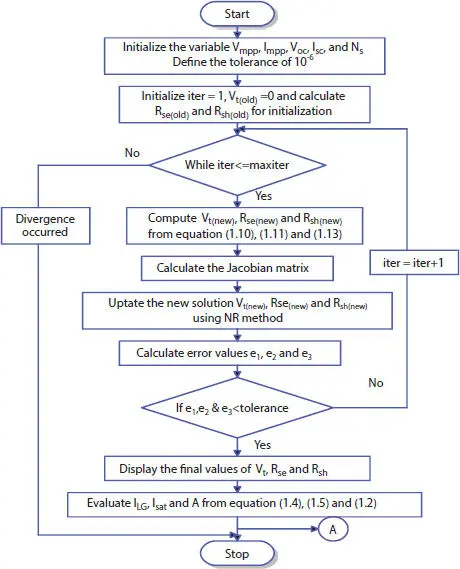
Figure 1.2 Flowchart to evaluate the PV module parameters using NR method under STC.
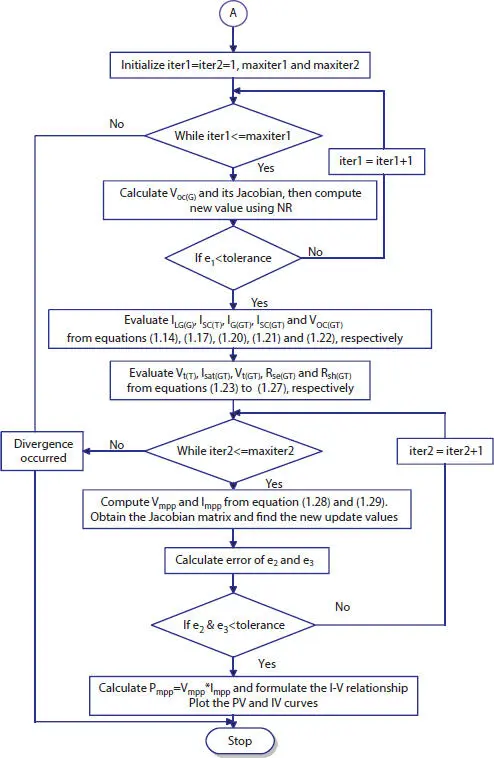
Figure 1.3 Flowchart to evaluate the PV module parameters using NR method under dynamic environmental condition.
Table 1.1 Manufacturer’s datasheet for various PV modules at STCs.
| PV module |
Datasheet values |
| Is (A) |
Impp (A) |
Voc (V) |
Vmpp (V) |
Ns |
| KD245GX |
8.91 |
8.23 |
36.9 |
29.8 |
60 |
| U5-80 |
5.21 |
4.58 |
21.34 |
17.46 |
36 |
| Shell SP70 |
4.7 |
4.25 |
21.4 |
16.5 |
36 |
| HST60FXXXP |
8.8 |
8.27 |
37.6 |
30.23 |
60 |
The results obtained by GS and NR for various panel of KD245GX, U5-80, and Shell SP70 under STC are given in Tables 1.2and 1.3, respectively. It is inferred that under STC, the results obtained from the GS and NR technique are reliable; however, the NR method is accurate with minimum convergence error compared to GS method. Similarly, the results obtained under varying irradiance and temperature conditions for PV panel such as KD245GX and Shell SP70 using GS and NR techniques are given in Tables 1.4and 1.5, respectively. It is seen that the parameters such as A, R se, I LG, I satincreases as there is increase in operating temperature of PV panel. On the flipside, the shunt resistance R shdecreases with increasing in temperature. Similar observation is found in both the techniques, however the maximum power obtained from NR technique is higher than the GS method.
Читать дальше
